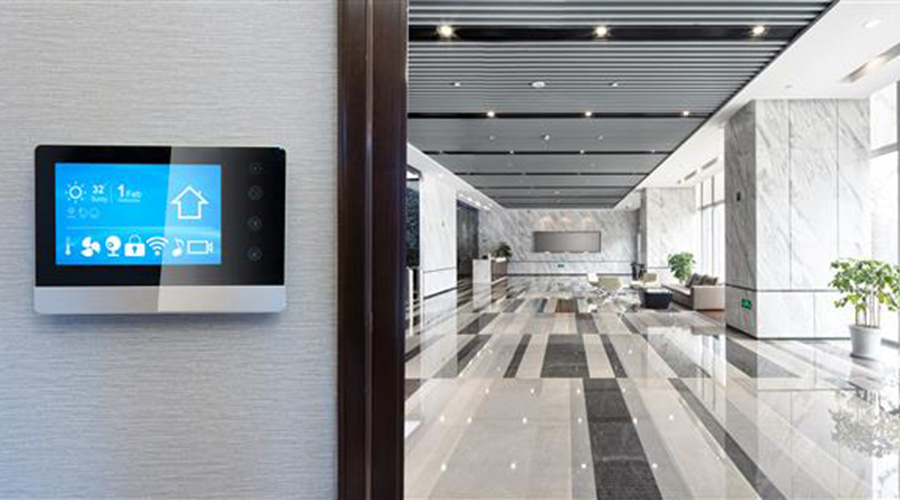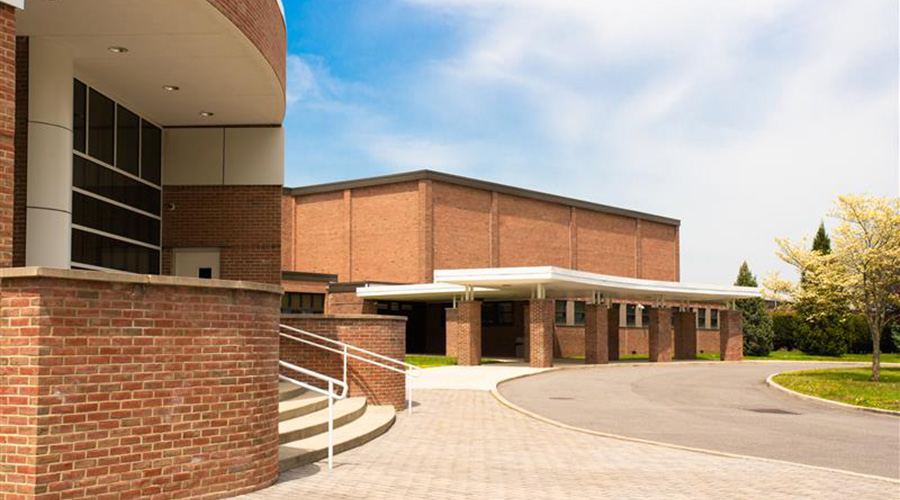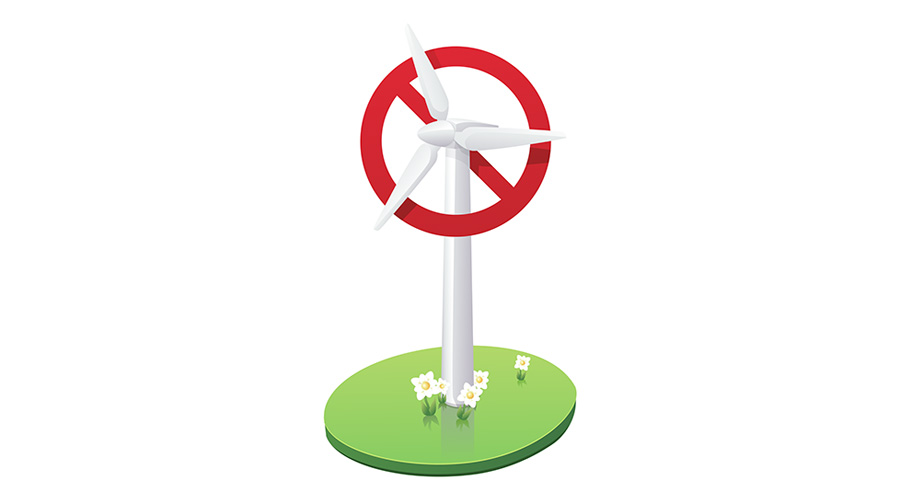
Training Courses Offer Guidance on Lighting Control Benefits
While facility managers score big savings with LEDs, many are missing even more savings opportunities by not incorporating lighting controls into projects January 23, 2025
By Dave Lubach, Executive Editor
The path to energy savings for facility managers through lighting projects seems obvious: replace older bulbs such as fluorescent bulbs with LEDs and watch energy bills go down.
It is also clear that in many instances, managers are leaving even more savings on the table by not incorporating the use of lighting controls into new lighting systems in addition to LED replacements, as nonprofit organization Slipstream learned. Slipstream tests and attempts to discover climate solutions for buildings.
“We showed across a variety of projects and a variety of building types that advanced lighting controls can save a lot of lighting energy, especially when coupled with LED retrofits of fixtures,” says Scott Schuetter, a principal engineer for Slipstream. “We saw a big gap in both the understanding of advanced lighting controls and the implementation of them.”
To help bridge that gap, Slipstream has developed a series of free training courses on how to better utilize advanced controls and achieve peak energy savings.
Schuetter understands why using controls may be overlooked by cost-conscious managers looking for some easy savings. He says that projects that simply involve retrofitting LEDs into a lighting system can save managers up to 50 percent on energy costs.
“People see that and think they’re doing great,” he says. “’I made a big improvement. I’m doing enough and leave it at that. (LED projects) are simple and straightforward.
“But lighting controls are incremental. They can save another 20 percent but the (savings impact and payback) takes time. You have to put more thought into it, understand how your facility’s operating and where occupancy sensors make sense and where daylighting sensors can be implemented.”
Sixteen short courses are currently available at this link with 17 hourlong training courses expected to be available in February. The hourlong courses also offer continuing education credit. The courses cover fundamentals of lighting control systems; common advanced control strategies?including task tuning, daylighting, occupancy sensing, HVAC integration and emergency lighting; types of controls; case studies; introduction to DesignLights Consortium; and cybersecurity.
Development of the training program was funded by a grant from the Department of Defense’s Environmental Security Technology Certification Program. The courses are intended for facility managers who are involved in lighting projects, lighting designers and contractors and energy service companies. Courses will be directed by lighting industry experts.
One of the luxuries of the courses is how they are designed for various topics if managers or technicians need a refresher in a specific area of controls or need more advanced, in-depth training.
“We cover the basics of advanced lighting controls, the difference between wired and wireless controls and the difference between connected and non-connected controls,” Schuetter says. “We look at different types of controls such as occupancy, daylighting, turning the integration of lighting and HVAC controls in real buildings. There’s a module on cybersecurity as well, which is increasingly important.”
Dave Lubach is executive editor for the facility market.
Next
Read next on FacilitiesNet












